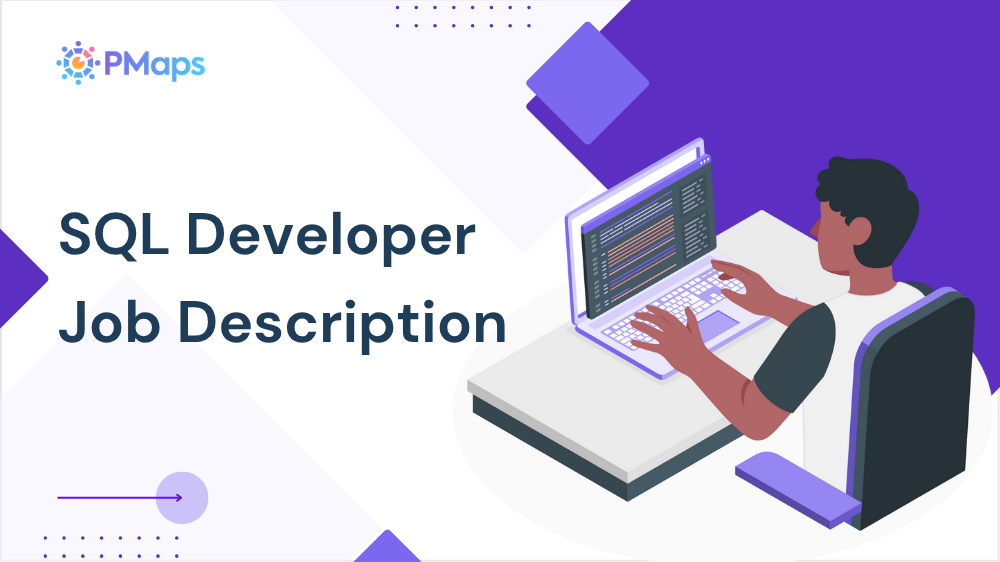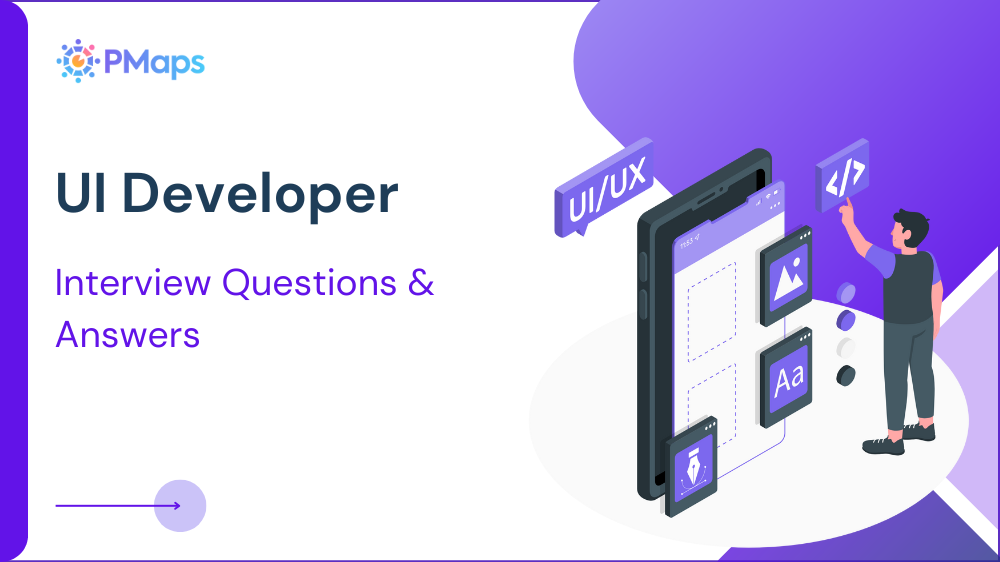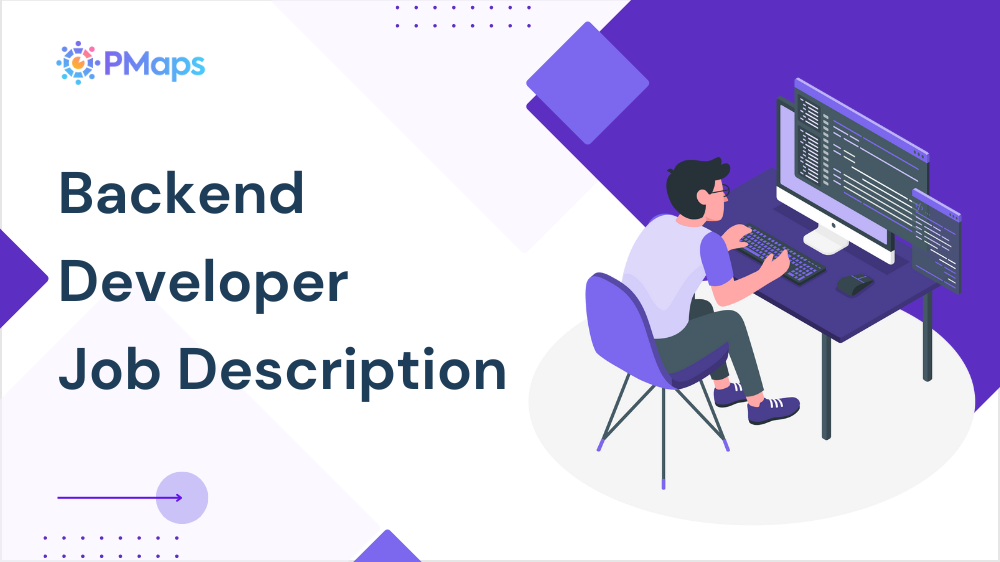
Software developer interview questions separate coders from engineers who ship reliable value. Strong hires design clean code, explain trade-offs, and stand behind production outcomes. This guide gives structured prompts and model answers you can use today. Evaluate thinking under constraints and hire for maintainable delivery across teams and releases.
General Interview Questions for Software Developers
Start with broad prompts that reveal judgment, collaboration, and product thinking before deep technical checks. Strong candidates connect design choices to user impact, performance, and maintainability. They explain constraints plainly, quantify outcomes, and avoid tool worship. Use these questions to set a high baseline and surface proven experience across releases.
1) How do you choose between building a feature and buying a service?
What it assesses
Product judgment, cost awareness, and delivery focus.
What to look for
Total cost, vendor risk, time to value, and lock-in concerns. Look for data points and a clear fallback plan.
Sample answer
“I compare time to ship, run costs, and support risk. For commodity needs, I buy. For core differentiation, I build small, ship fast, and expand. I keep exit plans, versioned adapters, and tests to switch paths if signals change.”
2) Describe your favorite project architecture and why it worked.
What it assesses
System thinking and clarity of structure.
What to look for
Clear layering, modular boundaries, and simple data flow. Mention of testing seams and observability.
Sample answer
“I used a hexagonal layout with domain, ports, and adapters. It kept business rules clean and testable. Adapters handled I/O. Contracts were stable, so services changed without breaking callers. Logs and metrics mapped to use cases, which eased root cause work.”
3) How do you decide where to place validation—client, server, or both?
What it assesses
Security, user experience, and duplication control.
What to look for
Server as source of truth, client for fast feedback, and shared schemas where possible.
Sample answer
“I treat the server as final authority. The client mirrors basic checks for speed. I ship shared schemas to avoid drift. Edge cases live server-side only. This keeps users informed without risking inconsistent rules.”
4) Walk me through your code review checklist.
What it assesses
Quality habits and team empathy.
What to look for
Clarity, small diffs, naming, tests, and risk notes. Tone should be constructive and specific.
Sample answer
“I check intent, naming, and test scope first. I scan public APIs, data flow, and failure paths. I ask for comments where choices were tricky. I note rollout risks and logging. I keep feedback specific, with examples, not vague asks.”
5) How do you keep technical debt from blocking delivery?
What it assesses
Prioritization and negotiation skill.
What to look for
Visible debt register, risk labels, and small refactors within feature work. Evidence of measured outcomes.
Sample answer
“I tag debt by impact and pair fixes with related features. I cap PR size, add guard tests, and retire dead paths steadily. I report cycle time and defect drops after each cleanup, which keeps support for the work.”
Behavioral Interview Questions
Behavioral prompts reveal ownership, collaboration, and learning speed. Senior developers should show calm incident handling, transparent communication, and measurable outcomes. Ask for STAR responses and push for specifics. You want clear actions, not claims. Use these five questions to confirm consistency across tough deadlines and shifting priorities.
6) Tell me about a production incident you led to resolution.
What it assesses
Incident response and root cause depth.
What to look for
Triage steps, stakeholder updates, rollback or patch, and learning steps that stuck.
Sample answer
“Our checkout spiked errors after a config change. I paused rollout, switched traffic, and traced failures to a stale key. We patched, added a preflight check, and wrote a playbook. Error rate returned to baseline within thirty minutes.”
7) Describe a time you pushed back on a risky release.
What it assesses
Risk judgment and communication.
What to look for
Evidence, phased rollout, and diplomacy. A safer plan with clear metrics.
Sample answer
“Load tests showed latency cliffs on older regions. I proposed a staged rollout at 5% with alerts on p95 and error rate. We found a thread pool limit, fixed it, and raised traffic safely the next day.”
8) Share a moment you improved developer velocity without harm to quality.
What it assesses
Process tuning and outcome focus.
What to look for
Build caching, test slicing, and before/after numbers.
Sample answer
“I split slow tests by tags and cached deps. PR checks fell from 25 to 11 minutes. We kept a nightly deep run and held flake rate under one percent by quarantining offenders with tracked fixes.”
9) Tell me about mentoring a junior engineer on design decisions.
What it assesses
Leadership and clarity.
What to look for
Concrete guidance, diagrams, and measured growth.
Sample answer
“I paired on a feature flag service. We reviewed data flow and failure handling. I asked them to draw the sequence and list risks. Their PR rework dropped, and they shipped the module with clean tests.”
10) Describe handling conflicting asks from product and security.
What it assesses
Negotiation and user trust.
What to look for
Evidence, minimal viable fix, and shared success criteria.
Sample answer
“Security wanted strict tokens; product feared friction. I added short-lived tokens with refresh, kept sessions smooth, and logged risk signals. We met both goals and saw no drop in conversion.”
Situational Interview Questions
Scenarios test judgment when requirements change or constraints collide. Strong candidates communicate risks early, propose phased paths, and protect user experience. Look for structured answers that balance performance, timeline, and maintainability. These prompts reveal calm decision-making during ambiguity and pressure.
11) The API contract changes a day before code freeze. What now?
What it assesses
Resilience and release safety.
What to look for
Version pinning, adapters, feature flags, and contract tests.
Sample answer
“I pin the old version, add an adapter for new fields, and ship behind a flag. I write a contract test for both schemas. We flip the flag after a small canary proves stability.”
12) Your service hits a latency budget during a sale. Next steps?
What it assesses
Performance triage and pragmatic fixes.
What to look for
Back-pressure, caching, and short-term relief before deep refactor.
Sample answer
“I enable circuit breakers, raise caches on hot keys, and drop non-critical work to queues. I capture profiles, then ship a targeted fix. We plan the larger refactor after traffic cools.”
13) A senior stakeholder wants a date that risks quality. How do you respond?
What it assesses
Expectation setting and scope control.
What to look for
Clear trade-offs, phased scope, and non-defensive tone.
Sample answer
“I present three options: date with reduced scope, later date with full scope, or staged rollout with a safety gate. I attach risk notes and metrics for each. We pick the staged path and commit together.”
14) A library update breaks builds across teams. Your playbook?
What it assesses
Cross-team coordination and containment.
What to look for
Pinning, temporary forks, comms channel, and fix ownership.
Sample answer
“I freeze versions, open a shared channel, and post a minimal repro. I propose a patch or fork with tests. We document migration steps and unfreeze only after green runs across key services.”
15) A P0 bug appears during rollout. What is your first hour?
What it assesses
Crisis order and communication.
What to look for
Halt, diagnose, update stakeholders, mitigate, then learn.
Sample answer
“I stop the rollout, check dashboards, and pick rollback or hotfix. I post a brief status, assign roles, and keep updates tight. After recovery, I capture a timeline and action items with owners.”
Technical Interview Questions
Technical depth separates portfolio polish from production readiness. Seek practical mastery of design, data modeling, testing, and delivery. Good answers show measured trade-offs, observability, and respect for budgets. Use these prompts to confirm real-world strength beyond tutorial knowledge.
16) Explain your approach to designing clean APIs.
What it assesses
Contract clarity and change safety.
What to look for
Stable nouns, predictable verbs, versioning, and clear errors.
Sample answer
“I keep resources stable and verbs simple. I return typed errors with guidance. I version when breaking and prefer additive changes. Contract tests guard clients, and docs live near code.”
17) How do you decide on data modeling for relational versus document stores?
What it assesses
Query patterns and scale thinking.
What to look for
Access paths, consistency needs, and change patterns.
Sample answer
“I model by read patterns. For joins and strict rules, I pick relational. For nested, sparse data, I choose documents. I measure hot queries and add indexes with budgets for write costs.”
18) What is your testing strategy across unit, contract, and end-to-end?
What it assesses
Signal quality and speed.
What to look for
A pyramid mindset, fast feedback, and clear ownership.
Sample answer
“I keep broad unit coverage for logic. Contract tests guard service edges. End-to-end covers a few critical paths. PR checks are fast; nightly runs are deeper. Failures block merges with clear links.”
19) How do you make rollouts safe in production?
What it assesses
Release control and blast-radius limits.
What to look for
Feature flags, canaries, metrics, and undo plans.
Sample answer
“I ship behind flags, start with a small canary, and watch error rate and p95. I keep a one-click rollback, and I gate risky changes with approvals. Post-ship, I review dashboards for a full hour.”
20) Compare common web performance tactics you’ve used.
What it assesses
Front-end pragmatism.
What to look for
Bundle control, caching, and render budgets.
Sample answer
“I trim bundles, lazy-load routes, and prefetch key data. I set cache headers and compress assets. I track Core Web Vitals and fail PRs that breach budgets.”
21) How do you keep secrets safe in local dev and CI?
What it assesses
Security hygiene.
What to look for
No secrets in code, scoped access, and audit trails.
Sample answer
“I use a vault with short-lived tokens. Secrets load at runtime and never land in logs. Access is role-based, and CI masks outputs. I scan repos for leaks and rotate keys on events.”
22) Describe a migration you planned and executed safely.
What it assesses
Change management and rollback readiness.
What to look for
Shadow reads, dual writes, and cutover steps.
Sample answer
“I ran dual writes, compared shadow reads, and fixed drift. After stable parity, I flipped traffic and monitored closely. I kept rollback scripts and a time-boxed window to return if metrics slipped.”
23) How do you design for observability from day one?
What it assesses
Operability and learning speed.
What to look for
Structured logs, metrics, traces, and clear dashboards.
Sample answer
“I log with context, expose key counters and timers, and trace across calls. Dashboards mirror user journeys. Alerts focus on symptoms users feel, not just host stats.”
24) What practices help keep PRs reviewable and safe?
What it assesses
Change size and clarity.
What to look for
Small diffs, feature flags, and clear commit messages.
Sample answer
“I slice work into small PRs, guard with flags, and write messages that explain intent. I attach screenshots or traces. Tests prove behavior, so reviewers spend time on design, not guesswork.”
25) How do you select a queue or event stream for async work?
What it assesses
Throughput and delivery guarantees.
What to look for
At-least-once versus exactly-once, ordering, and dead-letter handling.
Sample answer
“I pick based on ordering and scale needs. If idempotency is simple, at-least-once with retries is fine. I add dead-letters, metrics, and replayers for safe recovery.”
Pro Tips for Interviewing Software Developers
You need proof to justify your hiring. Use tasks that expose thinking, not just syntax. Scorecards should reward maintainability, performance budgets, and user empathy. Combine structured questions with a small exercise. Validate claims with traces, dashboards, and measurable outcomes from previous releases.
- Run a 60-minute task with clear acceptance criteria and tests.
- Ask for a short README describing design choices and trade-offs.
- Gate PRs with budgets for latency, errors, and bundle size.
- Add a flaky-test debug exercise with logs or traces.
- Standardize screening with a software developer test and refine roles using a tailored software developer job description.
Conclusion
Great hires balance user value, performance, and delivery speed. Use these questions and sample answers to assess real judgment under constraints. Pair interviews with a short skills test for signal you can trust. For support, call 8591320212 or email assessment@pmaps.in.



.png)





